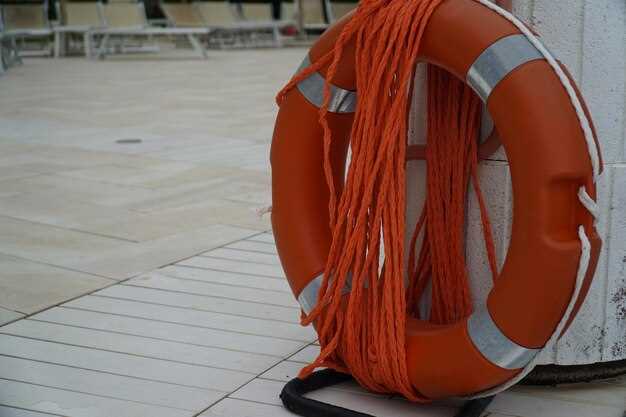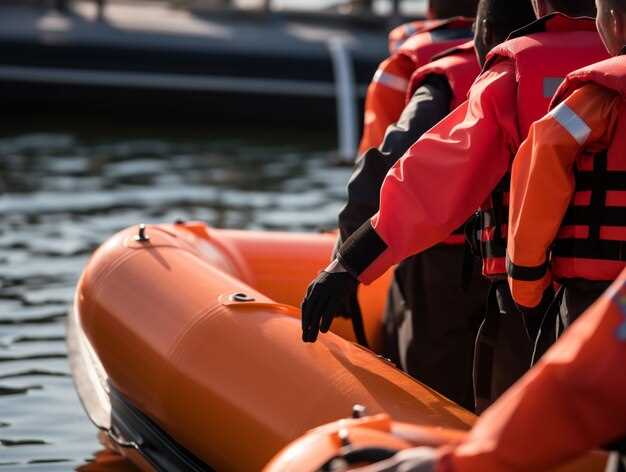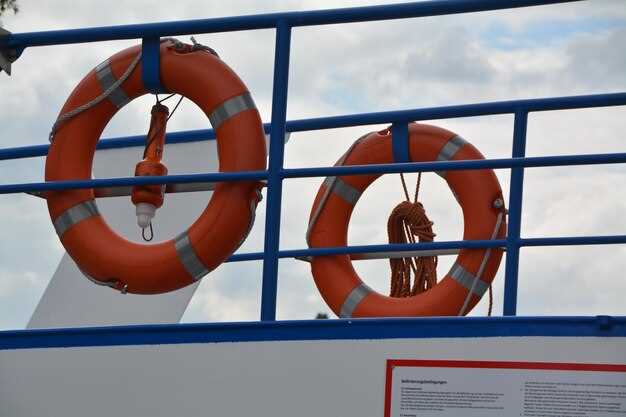
When it comes to ensuring safety at sea, having a well-equipped life raft is essential for survival. An offshore life raft is not just a floating device; it’s a crucial lifeline in emergency situations. Its composition can significantly impact your chances of enduring the open seas until rescue arrives. Knowing which items to include can turn a standard raft into a robust safety solution.
Every element of your offshore survival kit plays a vital role in your ability to cope with harsh conditions. Essential items should not only cater to immediate needs like food and water but also provide tools and resources that can support long-term survival. Proper planning and preparation can make a substantial difference in an emergency situation, transforming your raft into a sanctuary rather than a simple flotation device.
In this article, we will delve into the must-have items that each offshore life raft should contain. From signaling devices to first aid supplies, understanding the importance of each component will help you be better prepared. In the unpredictable environment of the open water, knowledge and readiness are your best allies for survival.
Water Supply: How to Ensure Fresh Drinking Water Onboard
One of the most critical aspects of preparing an offshore life raft is ensuring a reliable supply of fresh drinking water. In survival situations, access to clean water can significantly impact your chances of survival. Here are key strategies to secure fresh drinking water onboard.
First, always include a sufficient supply of bottled water in your life raft. This should amount to at least one gallon per person per day for a minimum of three days. Opt for high-quality, sealed bottles to avoid contamination.
Second, consider adding water purification tablets or a portable water filter to your emergency kit. These tools can help you treat water from natural sources if your supply runs low. Make sure to familiarize yourself with their usage before you need them.
Another effective method is to include a solar still or condensation collector, which can extract moisture from the air or seawater. Understanding how to set up and use a solar still can provide additional drinking water when needed.
Lastly, ensuring that your life raft has a method for signaling for help can facilitate rescue, allowing for the possibility of resupplying water sooner rather than later. Combine multiple strategies to secure fresh drinking water, as relying on a single source may not suffice in an emergency situation.
Emergency Equipment: Critical Tools and Resources for Survival

When preparing for an offshore adventure, equipping your life raft with essential emergency equipment is crucial for survival. Proper tools can significantly increase your chances of staying safe until rescued. Here are the key items to consider:
1. Signaling Devices: Equip your raft with a whistle, flares, or a distress beacon. These devices make it easier for rescuers to locate you, especially in remote areas. A signaling mirror can also be beneficial during daylight hours, reflecting sunlight to attract attention.
2. First Aid Kit: A comprehensive first aid kit is vital in case of injuries or medical emergencies. Include bandages, antiseptics, pain relievers, and any personal medications. Ensure that all supplies are properly sealed and stored in a waterproof bag.
3. Water Purification System: Access to fresh drinking water is essential for survival. Consider integrating a portable water filtration system or purification tablets in your raft. These tools can help you turn collected rainwater or seawater into safe drinking water.
4. Emergency Rations: Store enough non-perishable food supplies to last several days. High-energy bars, canned goods, and vacuum-sealed meals can sustain you until help arrives. Be sure to choose items that require minimal preparation.
5. Survival Gear: Include a multi-tool or knife, rope, and fishing gear. A multi-tool can serve multiple purposes, while rope can be invaluable for securing items or creating shelters. Fishing gear increases your chances of harvesting food in open waters.
6. Flashlight and Batteries: A reliable flashlight will help you navigate the raft at night and signal for help. Ensure you have extra batteries or consider a rechargeable option powered by solar energy.
7. Emergency Blankets: Compact and lightweight, emergency blankets provide warmth and can be critical in cold conditions. They reflect body heat and are easy to store within your raft’s limited space.
Properly preparing your life raft with these emergency supplies enhances your safety and survivability during an offshore incident. Always review and update your equipment regularly to ensure everything is in working order and up to date.
Signaling Devices: Best Options to Increase Visibility and Rescue Chances

In the critical moments after abandoning ship, the ability to signal for help is vital for survival. Selecting the right signaling devices for your offshore life raft can significantly increase your visibility to rescuers and improve your chances of being found. Here are some essential options to consider.
First and foremost, a high-visibility signal mirror is an indispensable tool. This lightweight device can reflect sunlight over great distances, especially during daylight hours. By angling it toward potential rescuers or passing ships, survivors can create a powerful visual signal that can be seen from miles away.
Another effective signaling device is a whistle. Designed to produce loud, piercing sounds, a whistle can carry over distances that the human voice cannot manage. Compact and easy to store, a whistle should be included in every offshore life raft to ensure survivors can attract attention over any ambient noise.
Flares are perhaps the most recognizable signaling tool. Handheld flares and aerial pyrotechnics can generate intense light and color, making them visible even in adverse weather conditions. It’s crucial to familiarize yourself with the operation of these devices and to check their expiration dates regularly, as expired flares may fail when needed most.
Moreover, an emergency strobe light is another valuable addition. These battery-operated devices emit bright, flashing lights that can be seen from significant distances during both night and day. Many models are waterproof and can be activated with a simple switch, enhancing their usability in critical situations.
Reflective tape should not be overlooked. Applying this tape to the life raft and personal gear can increase visibility during both daytime and nighttime emergencies. The reflective properties catch and amplify available light sources, drawing attention to your location.
Finally, consider a portable radio or emergency beacon equipped with GPS technology. These devices can transmit your location and distress signals to nearby vessels and rescue teams, facilitating a faster response and improving your odds of survival.
Equipping your offshore life raft with a variety of signaling devices ensures that you are prepared for any rescue scenario. Each device plays a crucial role in maximizing visibility and enhancing your chances of being located during a survival situation at sea.



